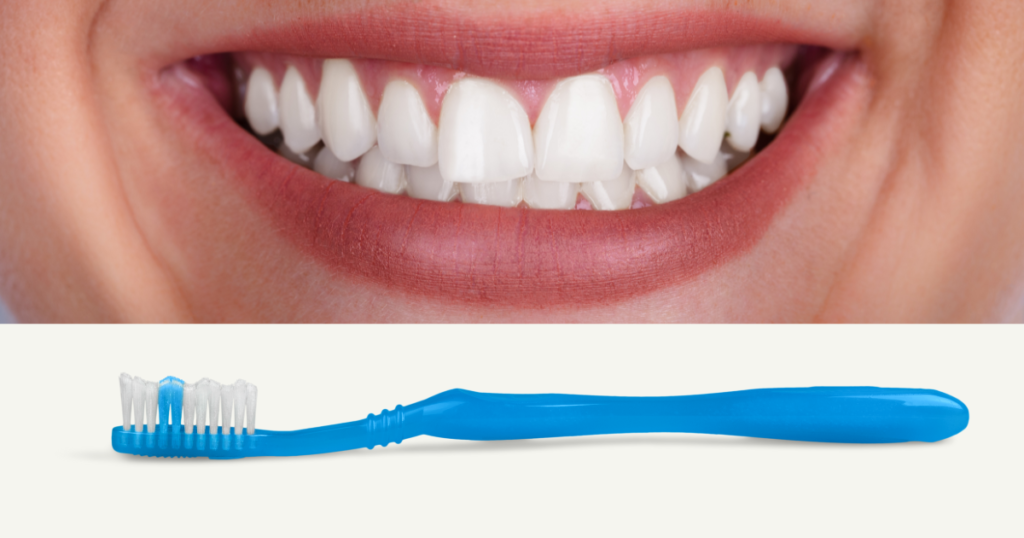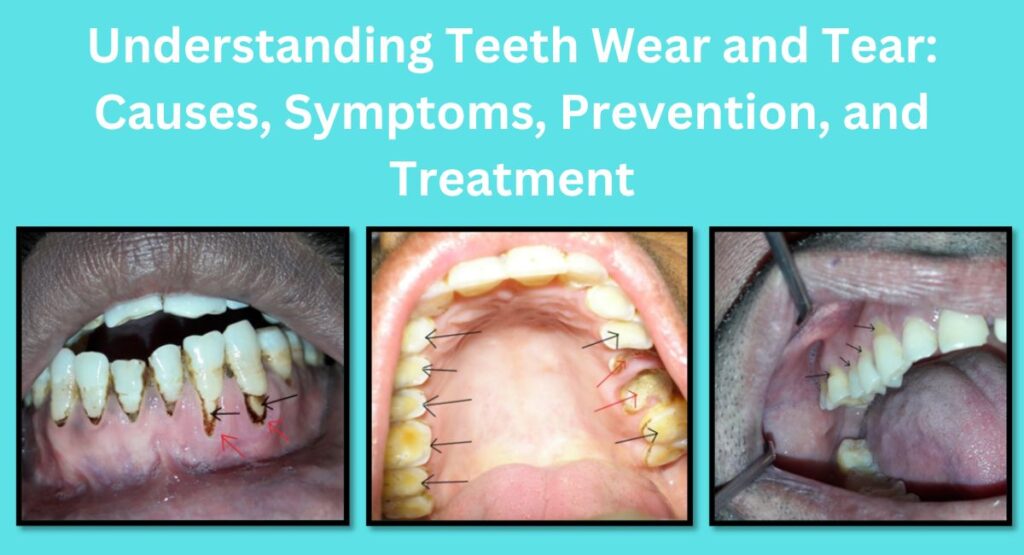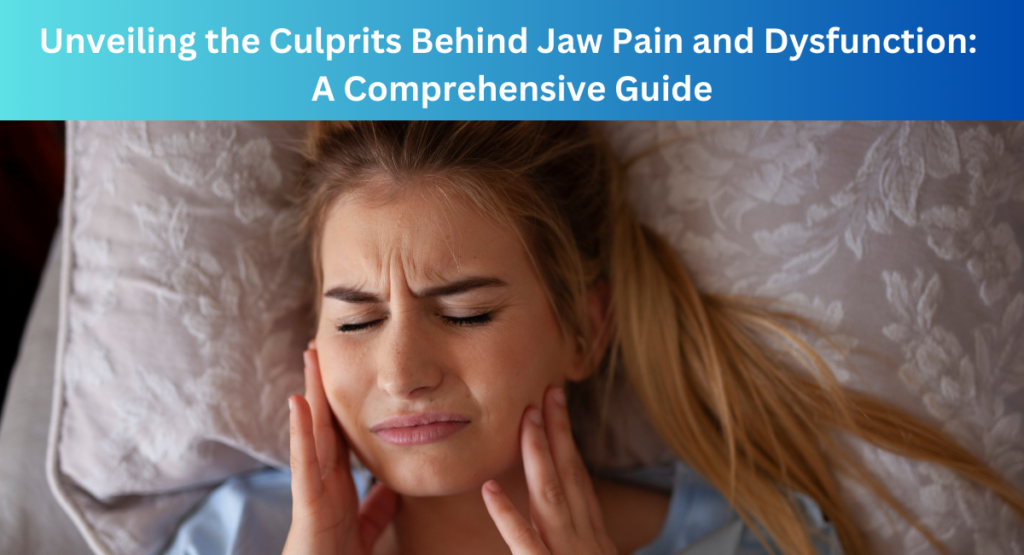
A toothbrush is key to a healthy smile.
Good oral health not only boosts overall health but your smile and confidence. Taking care of your teeth is very important for maintaining good oral health. Many oral hygiene aids, such as toothbrushes, floss, and tongue cleaners, are essential for maintaining good oral hygiene and health. Toothbrush is an important user-friendly oral hygiene tool. However, with so many toothbrush choices available in the market, it can be challenging to find which one is the best for you. In this article, we will discuss how to choose the right toothbrush for you and your family.
This post may contain affiliate links which means we may receive a small commission (at no additional cost to you) for purchases made through links. We include products we think are useful for our readers. Learn more on our Disclaimer page.
What is Toothbrush?
Toothbrush is an oral hygiene tool used for cleaning teeth and gums. It has a handle and bristles made from synthetic materials, such as nylon. Toothbrushes are available in various shapes, sizes and styles, and can be manual or electric. Regular use of a correct toothbrush and brushing technique are very important for maintaining good oral health.
Types of Toothbrushes
- Manual toothbrush
- Electric toothbrush
Manual Toothbrush
This is the traditional toothbrush, which requires manual movement to clean your teeth. They are still commonly used and an effective tool for cleaning your teeth and gums.
Advantages of manual toothbrushes:
- They can help improve oral health when used properly and consistently.
- Easily available at almost any grocery shop, supermarkets or drug store.
- Less expensive than electric or sonic toothbrushes.
- No need for charging or battery replacement to function.
- Available in a wide range of head-sizes, styles and bristle types to suit individual preferences.
- Can be more travel-friendly compared to electric toothbrushes.
Disadvantages of manual toothbrushes:
- Increase the chances of brushing too hard compared to electric toothbrushes. Brushing too hard can cause teeth abrasion and gum recession.
- Can be more difficult to use for people with limited mobility or unable to brush effectively.
- Unable to ensure that you’re brushing for the recommended two minutes, as there is no built-in-timer.
- May need to be replaced more frequently than electric toothbrushes because its bristles tend to wear out faster due to lack of a pressure sensor.
Manual extra soft bristled toothbrush
Manual extra soft toothbrush for kids
Manual soft toothbrush for adults
Manual soft toothbrush for kids
Electric Toothbrush
Electric toothbrushes that use electric power to vibrate or rotate to help you remove plaque from your teeth and gums. They are either rechargeable or battery-operated.
Advantages of electric toothbrushes:
- They can help improve oral health when used properly and consistently.
- They may be easier to use for people with limited mobility or dexterity issues.
- They come with various features such as different brushing modes, timers, and pressure sensors.
- It is easier to apply correct amount of pressure with an electric toothbrush, which can be beneficial for those who are habituated to brushing too hard. Thus, they can reduce mechanical pressure on teeth and stimulate gums.
Disadvantages of electric toothbrushes:
- They are more expensive than manual toothbrushes.
- Need charging or battery replacements.
- Difficulty in finding the right replacement toothbrush head, which may not be easily available, even from the same brand.
- May not be as travel-friendly as manual toothbrushes.
- Vibration can be uncomfortable or noisy for some people.
Electric toothbrushes have been shown to be effective in removing plaque and reducing the gum disease compared to manual toothbrushes, especially for those with limited mobility or dexterity issues. However, according to the American Dental Association (ADA), both electric and manual toothbrushes can be effectively removing oral plaque when used properly. The choice between these two types of toothbrushes ultimately comes down to personal needs, preference and budget.
Electric toothbrush for adults
Electric toothbrush for kids
Bristle Types
Toothbrushes comes in three different types of bristles: soft, medium and hard. Soft bristles are the most commonly recommended option, as they are gentle on your teeth and gums. Medium bristles are slightly firmer, whereas hard bristles can be too abrasive, leading to tooth abrasion and gum recession.
Medium and hard bristled toothbrushes are usually recommended for people who have specific dental needs, for example, orthodontic appliances, dental bridges, or dentures may benefit from using a medium or hard bristled brush to remove plaque and debris from hard-to-reach areas. Hard-bristled brushes can cause tooth abrasion and gum recession, and are not recommended by most dental professionals. They may be used in certain situations where the patients have very strong and resilient teeth and gums. However, for most people, a soft-bristled brush is the safest and most effective choice for daily oral care. It’s better to consult with your dentist before using a brush with firmer bristles. One study found multi-level or angled bristles are more effective than flat, same-level bristles.
Size and Shape
The size and shape of your toothbrush are also important factors to consider. The ideal toothbrush head size should be small enough to reach all areas of your mouth, including back of your last teeth. The shape of toothbrush should fit comfortably in your mouth and allow you to reach all surfaces of your teeth. Generally, toothbrush with small head and curved handle can reach all parts of mouth.
When to Replace Toothbrush
It is recommended to replace your toothbrush every three to four months or sooner if the bristles are frayed or if you used it when you were sick. Frayed bristles are unable to remove plaque from hard-to-reach areas between teeth and fissures on top surfaces effectively. Using excessive force while brushing with a worn toothbrush can lead to abrasion of teeth and gum recession. Therefore, replacing your toothbrush on time can help maintain good oral health.
Save the Earth
Do you know, how many plastic toothbrushes we sent to landfills and oceans each year? The answer is over 4.7 billion toothbrushes. Remember, the same plastic ultimately ends up back in our food and water sources. It is important not just to replace your toothbrush on time for your own health but dispose the old one properly for recycling for our planet’s health. Your small action can make a big difference.
Conclusion
A toothbrush is a crucial tool that has been helping us in maintaining good oral as well as overall health for a long time. A healthy smile can also boost your confidence, improve your mental status, and enhance your overall well-being. Though it is true that soft-bristled, small-headed toothbrushes, whether manual or electric, are recommended for maintaining good oral health, the effectiveness of cleaning your teeth largely depends on using the correct brushing technique and consistently practicing good oral hygiene habits, rather than simply selecting the right toothbrush. Talk to your dentist if you have questions about choosing the right toothbrush.
FAQs
Q: What are the different types of toothbrushes?
A: There are two main types of toothbrushes: electric and manual. Electric toothbrushes use a motor to move the brush head, while manual toothbrushes require you to move the brush head yourself.
Q: Which type of toothbrush is better?
A: Both electric and manual toothbrushes can be effective at removing plaque and debris from your teeth. However, electric toothbrushes have been shown to be slightly more effective than manual toothbrushes, especially for people with difficulty brushing their teeth.
Q: How do I choose the right toothbrush head?
A: The toothbrush head should be small enough to fit comfortably in your mouth and reach all of your teeth. It should also have soft bristles, which are less likely to damage your gums.
Q: How often should I replace my toothbrush?
A: You should replace your toothbrush every 3-4 months, or sooner if the bristles are frayed or damaged.
Q: How do I brush my teeth properly?
A: To brush your teeth properly, brush them for two minutes, twice a day. Use a pea-sized amount of fluoride toothpaste and brush all surfaces of your teeth, including the front, back, and top. Be sure to brush your tongue as well.
Q: How can I improve my smile and confidence?
A: Choosing the right toothbrush and brushing your teeth properly are two important steps in improving your smile and confidence. You can also improve your smile by:
- Flossing your teeth daily
- Getting regular dental checkups and cleanings
- Eating a healthy diet
- Avoiding smoking and excessive alcohol consumption
By following these tips, you can achieve a healthy, beautiful smile that will boost your confidence.











